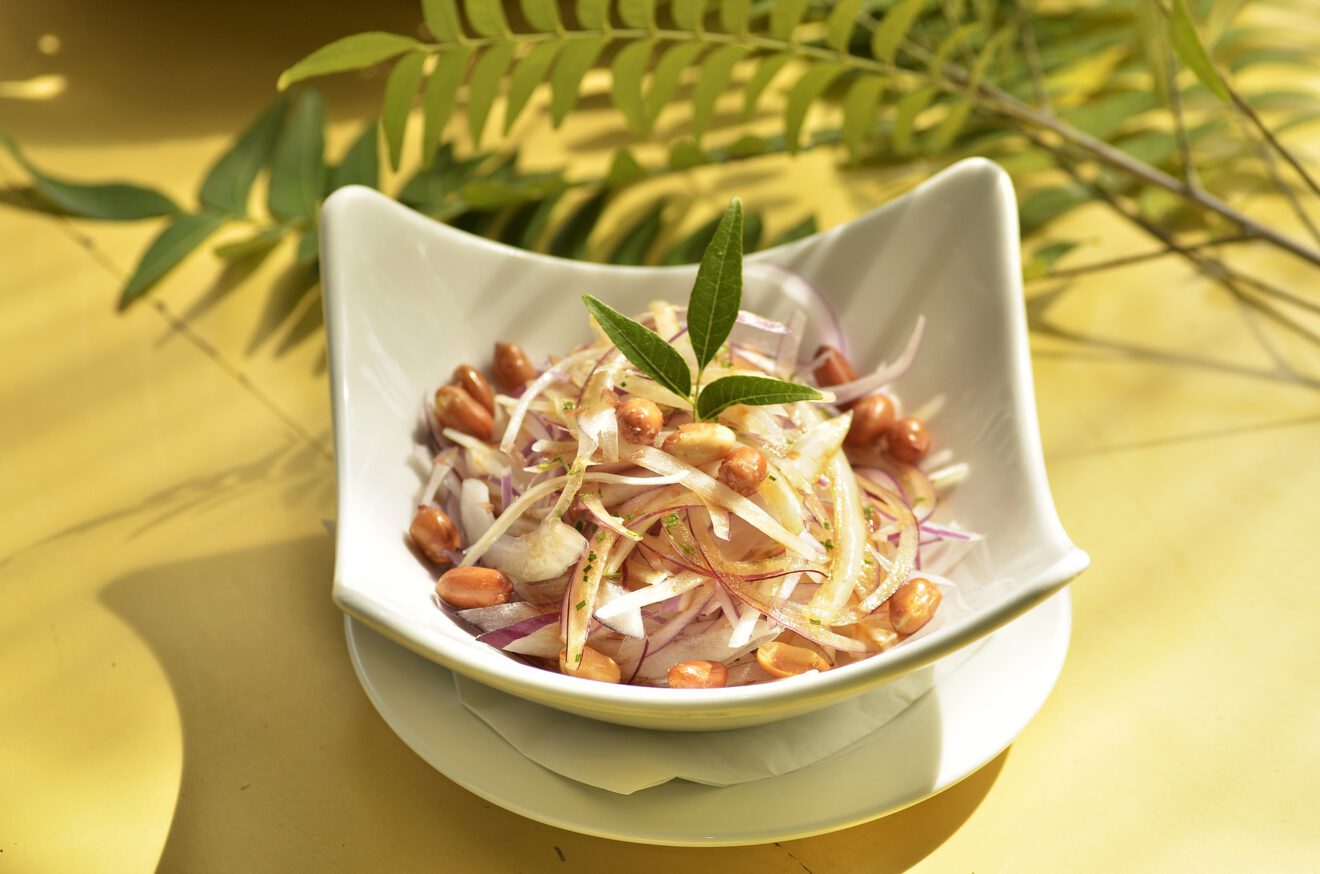Peruvian cuisine is rapidly gaining popularity on the world stage as the country gains acclaim for its wealth of indigenous ingredients and eclectic culinary history. With regional dishes that range from hearty stews to refreshing ceviches and cultural influences including Japanese and Chinese, the food of Peru encompasses myriad ingredients, flavors and cooking styles. The World Travel Awards named Peru the world’s leading culinary destination for the fifth consecutive time last year, Peru Reports reported, citing chefs such as Gaston Acurio and Virgilio Martinez who have promoted the cuisine abroad over the last decade.
The county’s growing culinary reputation is encouraging US diners to learn to more about Peruvian cuisine and creating more opportunities for Peruvian restaurants to succeed in the US. However, representations of authentic Peruvian dishes in the US are still relatively rare, and Americans still tend to equate Peruvian food with Peruvian chicken, said Carlos Delgado, head chef at China Chilcano by Jose Andres. Delgado took a night off from the Washington, D.C., Peruvian restaurant to speak at an event earlier this month hosted by Smithsonian Associates entitled “Peruvian Cooking: The Ultimate Melting Pot,” discussing the history of Peruvian cuisine and how he represents it in the US.
Just don’t call it fusion
While it may seem appropriate to describe the marriage of different cultures that pervades Peruvian cuisine as “fusion,” Delgado panned the term, saying it doesn’t accurately describe the nature of Peruvian cuisine. Influences from Japanese, Chinese, Spanish and African colonists have been a part of Peru’s regional cuisine for more than a century. “People talk about Peruvian cuisine being a fusion, but it has always been a melting pot,” Delgado said.
Melding Peruvian ingredients such as potatoes and peppers with Asian ingredients or techniques has always been “second nature” to Delgado, who grew up in Peru and learned to cook from his grandmother. “I was born in a time when that was what Peruvian cuisine was expected to be,” he said.
Called Nikkei, the category of Peruvian cuisine influenced by Japanese cooking includes ceviche made with soy sauce and ginger, as well as dishes reminiscent of sushi or sashimi. Chifa cuisine takes its name and flavor profiles from Peru’s Chinese immigrants. One of the most well-known Chifa dishes is lomo saltado — stir-fried beef with potatoes and soy sauce — which Delgado said existed in Peru before Chinese influence, but it was improved by soy sauce and wok cookery. Before taking on Chinese influences, lomo saltado was part of the subset of Peruvian cuisine known as Criollo, which encompasses “home cooking”-style dishes with Spanish and African influence.
The Peruvian pantry
Fresh, seasonal ingredients are paramount in Peruvian cuisine, and the country is a chef’s cornucopia, boasting 45 types of corn and thousands of different varieties of potatoes, Delgado said. Peppers, such as the yellow aji amarillo, also feature prominently in Peruvian cooking. “Most Peruvian peppers are flavor-forward, not heat-forward,” Delgado said.
Locality is a major factor in Peruvian cuisine, and each region stands out for its own products. The coastal region is known for seafood, while the dishes of the Amazon region highlight river fish and plantains.
Along with certain varieties of potatoes, there are some ingredients that are exclusively found in Peru. One of these is majambo, an Amazon bean that is a close relative of chocolate. Delgado is a fan of the light, nutty tasting superfood and has begun importing it to the US. “I’m the only one in the US who has it,” he said.
Putting authentic Peruvian cuisine on US menus
While Delgado is able to import majambo, there are some Peruvian ingredients that are extremely difficult or impossible for US chefs to source. In keeping with the importance of local and seasonal ingredients to Peruvian cuisine, Delgado tries to source things locally when he can, but said Peruvian cooking in the US is limited by the seasons.
As the popularity of Peruvian food continues to grow in the US, it may pave the way for partnerships between farmers and chefs looking to source Peruvian ingredients from local purveyors. China Chilcano sources the Peruvian herb huacatay from a local farm that agreed to start growing it after being approached by the restaurant. Farmers’ interest in growing Peruvian herbs and produce has grown along with consumer interest in Peruvian food, Delgado said.
While it can be a challenge to “find product that tastes as good as it should,” Delgado stressed that attention to ingredients is key to cooking Peruvian food, in the US or anywhere else. Educating people about the cuisine of his home country is a passion project for Delgado, who works with the Peruvian organization The Generation with Cause to promote Peru as a culinary destination. “Coming to the US solidified my passion for Peruvian food,” he said.
__________________________________________________
If you enjoyed this article, join SmartBrief’s email list for more stories about the food and beverage industry. We offer 20 newsletters covering the industry from restaurants to food manufacturing.
